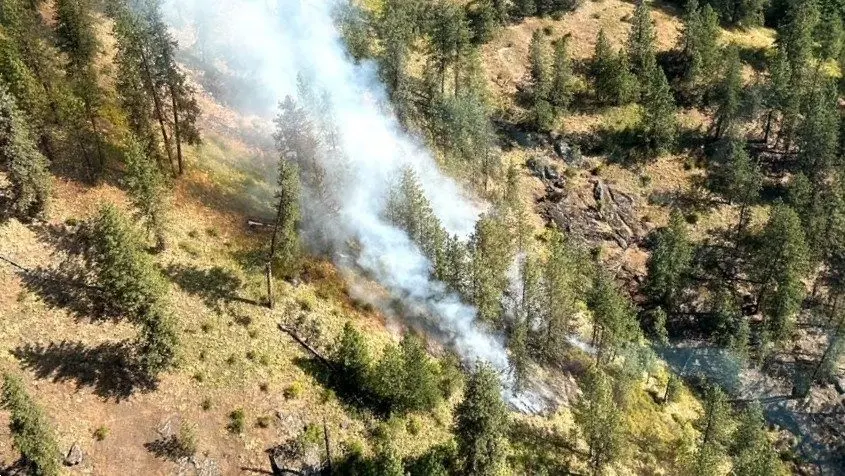(The Center Square) – In the wake of the COVID-19 pandemic that disrupted student learning, Washington state fourth- and eighth-graders saw unprecedented declines in math and reading achievement between 2019 and 2022, according to the results of national exams given last school year and released Monday.
Washington fourth-graders saw a 5 point decline in math, while eighth-graders saw a decline of 10 points. In reading, Washington fourth-graders saw a 3-point drop, and eighth-graders saw a 5-point drop.
The disappointing results were not confined to the Evergreen State.
Student scores on the National Assessment of Education Progress, or NAEP – sometimes referred to as “the nation’s report card” – declined across the country in what is the most comprehensive look to date at the impact of the pandemic on student achievement.
Nationwide, fourth grade math scores dropped by 5 points, and eighth grade math scores sank by 8 points. In both grades, math scores fell by the largest amount on record. In reading, scores fell by 3 points for both fourth- and eighth-graders.
“The results show the profound toll on student learning during the pandemic, as the size and scope of the declines are the largest ever in mathematics,” said Peggy Carr, commissioner of the National Center for Education Statistics, in a news release. “The results also underscore the importance of instruction and the role of schools in both students’ academic growth and their overall wellbeing. It’s clear we all need to come together – policymakers and community leaders at every level – as partners in helping our educators, children, and families succeed.”
The Center Square reached out to the Washington Office of Superintendent of Public Instruction for comment on the state’s test results.
“The 2022 NAEP results show that students in every state were impacted by the pandemic, and we are thankful for the ability through NAEP to see how Washington’s students are faring in comparison to their peers in other states,” Katy Payne, OSPI’s executive director of communications said via email. “Our educators, school employees, and families have worked tirelessly to support student learning and well-being recovery and acceleration, and it shows. Despite declines mirroring the rest of the nation, Washington’s 8th grade students continue to score significantly higher than the national average in math, and our students have held steady in scoring on par with the national average in the other three domains. We are fortunate to have been a state who held state assessments in the fall of 2021 and spring of 2022, as we have data showing that our students are already showing signs of recovery. We are encouraged by the progress we are seeing.”
Live Finne, director of the Center for Education at the free market Washington Policy Center think tank, is skeptical of state government efforts.
“State officials are ignoring these test results because they are responsible for them,” she told The Center Square in an email. “Last week the state superintendent indicated he plans to ask the Legislature for $6.56 billion, a 25 percent increase, in more funding for K-12 schools.”
On Thursday, Superintendent Chris Reykdal said his office plans to ask lawmakers for billions during next year’s legislative session for teacher retention and recruitment.
Washington is just one of many states dealing with an increased demand for teachers in the aftermath of the pandemic that has worsened the teacher shortage and increased competition for hiring teachers.
In a July press conference, Reykdal said his office would make an “aggressive” ask of lawmakers next year for funding in several areas: transportation, universal feeding, prototypical schools, compensation, dual credit, dual language education, and the capital budget.
“His legislative request reveals the system’s top priority is more money for itself,” Finne concluded. “Its top priority is not to help kids recover from the losses they suffered from the COVID school shutdowns.”
NAEP tests are administered in randomly sampled public and private schools. This year, 224,000 fourth-graders from approximately 5,700 schools participated, and 222,000 eighth-graders from approximately 5,100 schools participated. Testing took place between January and March 2022.




